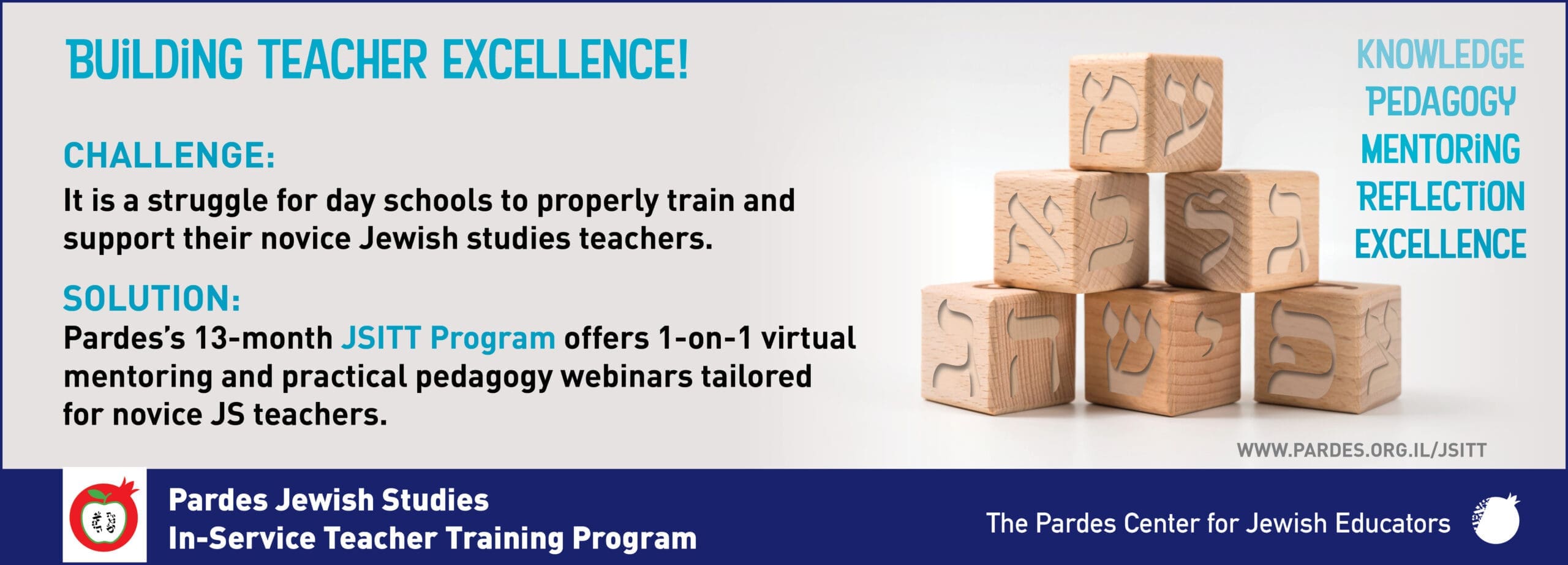Teaching Talmud Guided by Essential Questions
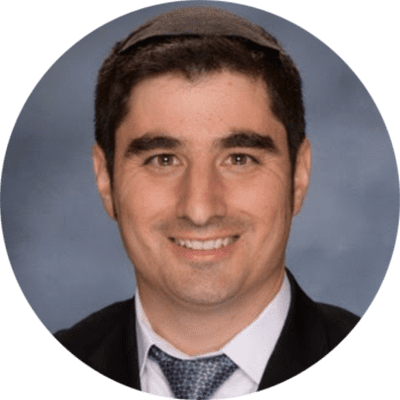
Naftali Rothstein attended the Hesder Yeshiva in Shiloh and Kollel Meretz in Mevaseret Tzion. Rabbi Rothstein has degrees from Lifshitz College (Jerusalem) the University of Missouri. He was the OU’s JLIC Rabbi at the University of Illinois and served as the Principal of Yeshivat Kadimah High School (St. Louis, MO). He is currently the Judaic Studies Principal and School Rabbi at Northwest Yeshiva High School (Seattle, WA).
Standing at the edge of the sea can be an awe-filled experience—the incomprehensibly vast expanse of water with no end in sight is both inspiring and intimidating. We would not consider entering it, whether to swim, sail, surf, cruise, or dive without proper preparation. Similarly, the Sea of Talmud is rich with information, personalities, debates, and much more. It, too, can inspire and intimidate with its vastness and complexity, and we should not expect our students to be able to jump in and navigate it without context and a roadmap. To prepare our students as they embark on their journey into the Oral Torah, we need to define our goals and our strategies for achieving them.
I have been teaching Talmud for two decades now. I have taught students of different ages, backgrounds, and settings, in different languages and in a number of styles. For the vast majority of this time, I followed traditional approaches and focused on teaching a masekhet, a particular chapter, or even selected sugyot. Typically, we opened the book and started learning together, and when teaching beginners, I would give some background, explaining how the Talmud came to be and what it includes. The depth of our dive into the learning was dependent on the capabilities of the students, but the common denominator was that they studied a particular text or topic. While the traditional method of learning Talmud has successfully nurtured Torah scholars with the understanding of the entirety of bekiut (breadth), iyun (depth), and pilpul (complex analysis), if it is not taught in the context of the development of the Oral Law as a whole, students might end up lacking one of the key components necessary to understanding halakhah and a lifetime of halakhic commitment.
Why Study Talmud....
Studying Talmud provides high school students with the opportunity to explore and connect with the bigger picture. They learn the how and the why about so many different mitzvot, something which is crucial to their growth, not only as independent learners but also as they build the foundations for their own spiritual lives. In particular, when students learn Talmud in a way which introduces them to the halakhic process, they can understand the big picture, starting from the roots to the branches, and eventually the entire tree…
Understanding the Halakhic Process
Four years ago, I started teaching Talmud using the Lahav curriculum (developed by Rabbi David Stein and Rabbi Noam Weissman) at Northwest Yeshiva High School in Seattle. The first two years of the curriculum did not focus on the classical tractates studied in yeshivot nor were they limited to the Talmud alone (included in the curriculum are passages from Mishneh Torah, Shulhan Arukh, and other sources). Rather, the focus was on addressing the principles and logical system that direct the development of halakha and how it is applied in an ever-changing range of circumstances. It addressed questions such as: From where did the rabbis get their ideas and information? What is the source of Rabbinic authority? What is the extent of Rabbinic authority? What is the nature of the interplay between Divine law and human input? When and how did mahloket emerge and how does it affect our understanding of the passing on of mesorah? How do we decide whom to follow? Why do the Mishna and Talmud mention minority opinions if they were not included in standard halakhic practice? How do different halakhic decisions emerge between individual Rabbis and even between different communities (like Ashkenazic and Sefardic)?
These questions not only opened avenues to understand the nature of Oral Law and the essential questions of how Talmudic law works, they also helped our students explicitly examine the assumptions that many of us take for granted and assume that everyone knows. These include being able to differentiate between deoraita (Biblical) and derabbanan (Rabbinic) law, between the different types of Rabbinic laws (for example, gezerot and takanot), and between halakha and minhag. Recognizing these distinctions empowers our students with knowledge and helps them to both recognize the complexity of halakhah and navigate their way through an otherwise confusing, seemingly random collection of laws and practices. Ultimately, those understandings help them build a deep respect for the halakhic process and thereby a commitment to a halakhic lifestyle.
For us, this is an essential element of the study of Talmud. While the intellectual rigor and the complex analysis may be interesting to some of the students, at the end of the day its core educational purpose in our setting is to serve as the foundation for understanding what halakha is, how it came to be, and why it should guide our lives.
With this foundation laid firmly in grades 9 and 10, students are prepared to engage in actual halakhic issues in grades 11 and 12, in which the students study sugyot in hilkhot Shabbat as well as sugyot related to women and mitzvot (tefilah, Megilat Esther, and women in leadership positions). When they study the sugyot in hilkhot Shabbat, they are able to better understand the halakhic concepts, think about applying the Talmud to modern-day issues of electricity on Shabbat, prepared to ask the kinds of questions that will drive the learning forward, and understand the practical differences of whether the prohibition to use electricity is deoraita or derabanan. Based on all of this, they are able to understand when halakhic stringency and lenience are appropriate, desirable, or necessary. And they can share their voice when it comes to modern-day communal differences that are primarily based in minhag.
The same kind of skills play themselves out when they engage in the more traditional modes of Talmud study as well. For example, our students engaged in the sugya about Megillah reading for women. Our students joined the journey from the Mishna (Megillah 19b), through contemporary halakhic authorities. They discovered how the path split, starting with the tosefta (Megillah 2:4), as opposed to the Mishna, which limited women’s role in reading the Megillah for others. They explored how Rambam and Tosafot dealt with this split differently, eventually creating a difference of opinion between Rama and Shulhan Arukh. Most importantly, students understood the different approaches as being systematic and not just random—they could understand and identify different approaches to halakhic thinking.
We had repeatedly noted that the Tosafot view the Sea of Talmud as a single integrated unit (what Maharshal describes as “one sphere”) so that unless there are no other options, they attempt to harmonize the various texts in different parts of the Oral law. For that reason, in the case of women and Megillah, Tosafot sought (and found) a middle path that aligns with both the mishna and the tosefta, thus resolving the apparent contradiction and resulting in their more restrictive position. By contrast, Rambam views the Talmud and other halakhic sources as representing different opinions. Since he viewed the difference between the mishna and the tosefta as a debate rather than a contradiction, he saw his role as issuing a ruling based on one source, and so chose the more permissive approach reflected in the Mishna, rather than the other.
Most importantly, while learning the different opinions, their philosophies, and reasons, our students connected the halakhic topics they engaged with in the Beit Midrash to their own lives. The first year I taught this specific sugya, it sparked the interest of some of our female students to read Megillat Esther the following year. They initiated the first-ever women’s Megillah reading for our high school girls (which was joined by many female community members) and began a tradition that continues at NYHS. This is truly a Torah learning that comes alive. What immense satisfaction we get when our students come back from a weekend, break, or even summer vacation and share with us all the different connections and applications of Talmudic values, dilemmas, and halakhic practice they experienced, participated in, or even initiated which connected to our Talmud class. “We had an issue with one of the lights at the hotel over the weekend on the Shabbaton. It was a pesik reisha (one of the more obscure circumstances discussed in hilkhot Shabbat) and we navigated the issue.” “We had a girls’ seudah over Shabbat and performed a zimmun for the first time!” Hearing such enthusiastic and excited remarks on a Monday is the best way to start a new week.
I also sense a dramatic positive shift in student attitudes toward Talmud study with our new approach, and this is very significant for us. Our high school students are only with us for four years and this is our chance to light that flame and thirst for being lifelong learners of Mishna and Gemara. While the word Gemara literally means study, the Hasidic Master, Rabbi Shlomo of Karlin, suggests that it is rooted in the phrase gumra de’asha, a fiery coal. He explains that when one studies in order to practice that coal ignites. I believe that learning with our students about the big picture, the process, and the essential questions—inviting them to become active learners throughout the halakhic process with the goal of their learning to lead to practice—has ignited a fiery coal in our students. After debating which is greater, study or action, all the Sages answered in the end that greater is study that leads to action (Kiddushin, 40b).



Naftali Rothstein attended the Hesder Yeshiva in Shiloh and Kollel Meretz in Mevaseret Tzion. Rabbi Rothstein has degrees from Lifshitz College (Jerusalem) the University of Missouri. He was the OU’s JLIC Rabbi at the University of Illinois and served as the Principal of Yeshivat Kadimah High School (St. Louis, MO). He is currently the Judaic Studies Principal and School Rabbi at Northwest Yeshiva High School (Seattle, WA).
Reach 10,000 Jewish educational professionals. Advertise in the upcoming issue of Jewish Educational Leadership.
Do you want to write for Jewish Educational Leadership? See the Call for Papers for the upcoming issue.
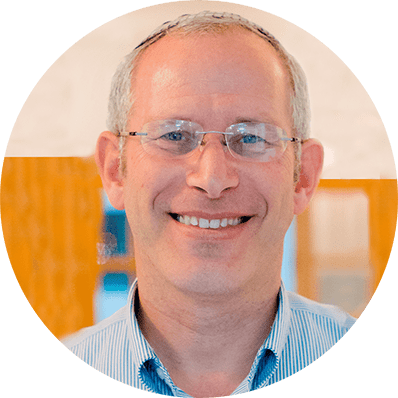

FROM THE EDITOR: Fall 2023
Fascinating. Infuriating. Uplifting. Complex. Boring. Inconsistent. Logical. Brilliant. Eclectic. Irrelevant. Compelling. Frustrating. Inspiring. Ancient. Contemporary. The Talmud evokes all the above, and more. I vividly remember my first encounter with Gemara. I must have been ten years old, and my family was in a bungalow colony in the Catskills. Rabbi Cohen taught Gemara to the older boys, of which I was not, but I asked permission to sit in and listen. I loved following the discussions and debates, even though I couldn’t read any of it and retained none of the content.


The Block Method for Teaching Gemara
By its very nature, teaching Gemara seems to defy everything we know about education. When we teach math, or language, or anything else, we start with the simple and easy-to-grasp aspects of the study area and gradually increase the level of challenge and difficulty. For example, we begin with addition and slowly move on to subtraction, multiplication, and division. We certainly don’t touch algebra until these are firmly in place. One couldn’t imagine a math class that requires knowledge of Pythagoras’ theorem presented to a class that has not yet mastered multiplication.
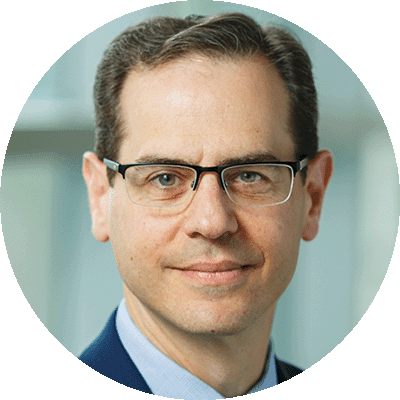

The Puzzling Talmud
A sixteen-year-old American Jewish day school student named Brandon (a self-chosen pseudonym) reports that he likes studying Talmud. What does he like about it? “I like the process,” he says. “It is kinda like a puzzle, that you have to get each word, and fill it in so it creates the whole text.” Brandon approaches his study of Talmud knowing that it’s going to be hard. Every word might take some effort to decode. Eventually, however, he can put it all together.
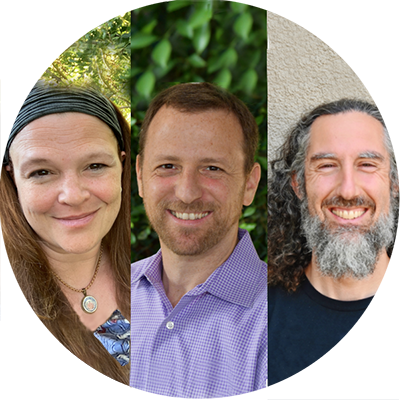

A Multidimensional Approach to Teaching Rabbinics
Pressman Academy is an early childhood through 8th grade school in Los Angeles serving a religiously diverse group of students. The school’s Judaics program, which includes Hebrew language, Jewish history, Tanakh, and daily prayer, affords a maximum of two weekly periods to teaching Rabbinics (in grades 5-8), presenting a significant challenge of what to include and how to approach it.


The Sanhedrin is in Session: Experiencing Rabbinic Literature
On Tuesday morning Rabban Gamliel called the gathered people to order. A letter had arrived from a northern district court in the Galilee which required the attention of the Sanhedrin. Rabban Gamliel took his seat at the head of the semi-circle of esteemed Rabbinic colleagues. R. Yehoshua sat on one side of him and R. Eliezer sat on the other.
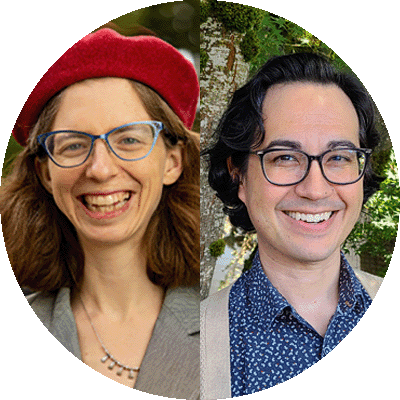

Replacing Relevance with Relationship
A relationship to Talmud study is highly valuable to those who possess it. Few other activities manage to combine elements of intellectual inquiry, spiritual questing, and moral development in the almost alchemical way that the study of Talmud does. And yet, there are a number of hurdles students must overcome in order to develop an independent relationship with the Talmud. First and foremost, studying Talmud in the original Hebrew and Aramaic can feel scary to the uninitiated. Second, the logic of the Talmud is foreign to students at first. Finally, students may wonder what a text from 1500 years ago might have to say to them.
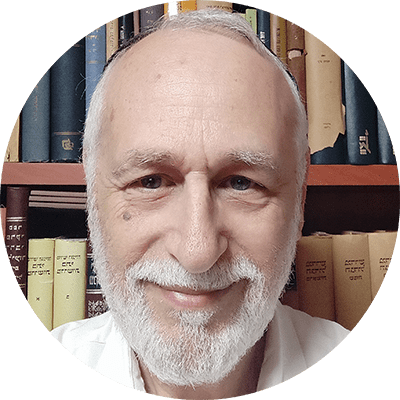

Teaching Talmud in Secondary Schools: Masorah and Modernity
Teaching of Talmud in traditional secondary schools has been a conundrum from the day it was decided to teach Talmud as part of the standard Jewish studies curriculum. Programs for yeshiva high school graduates in Israel and around the world are consistently populated by an overwhelming percentage of students who, even after six years of multiple weekly hours of Talmud instruction in secondary schools, are helpless in the independent study of Talmud. These students are successful independent learners of advanced mathematics, natural sciences, complex technology, and even humanities, but in Talmud, they require an embarrassing degree of spoon-feeding.
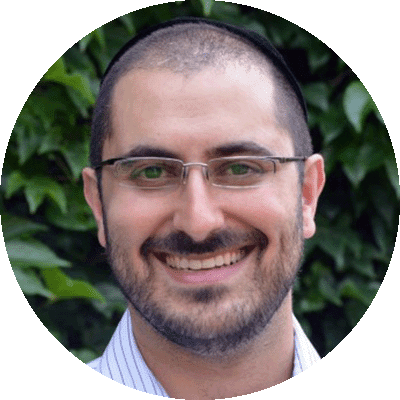

Pre-Mishnah: The Missing Link
I teach 5th grade Judaics at Fuchs Mizrachi School, a Modern Orthodox Zionist school (Cleveland). Upon entering the world of Torah SheBe’al Peh, a student is first greeted by the Mishnah—a complex and sophisticatedly interwoven compendium of Jewish law and wisdom. Students struggle to understand its relevance, how and why it was created, and its importance to the scope of their Torah learning. They ask, “Why are we learning Oral Torah?” and “Why should I care?” but underlying those questions is the more fundamental, “What is the Oral Torah?” While some choose to address this piecemeal over the span of many years, I believe that it is important to address it up front, in an organized manner.


Anatomy of a Gemara Lesson
You have been there, too, right? You thoroughly prepared a Gemara lesson by formalizing how you will explain the shakla vetarya, you concocted attention-grabbing examples and cases, charts to organize the conflicting opinions, and provided a translation and question practice worksheet. You slowly read the Gemara aloud while students annotated the text or completed linear translation sheets. You patiently and clearly explained the concepts and reasoning on a first, second, and even third pass of the reading.
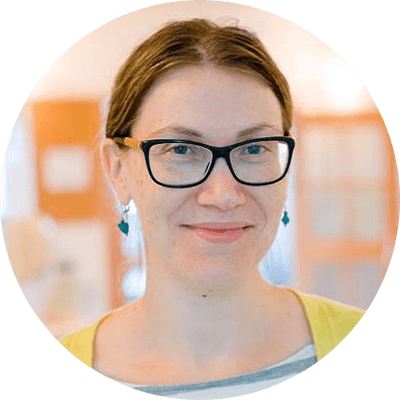

Making the Case for Agada
The rabbis of the Talmud were intentional and thoughtful educators; an example of their consummate pedagogic skill is the way they interspersed narratives into their halakhic writings and teachings. Their use of agadot is an effective teaching tool because, simply put, people love stories. We evolved to tell stories, to become compelled by stories, to connect to the characters, drama, and tension in stories. Stories draw in our students and they have the power to make them care.


Tokhehah Leshem Shamayim
One day, in a 7th grade lesson during our unit on tokhehah (the mitzvah of rebuke), a student shouted out from across the classroom: “This is tokhehah leshem shamayim!” In this moment, with one eloquent and original phrase, this 7thgrader had connected the learning in our current unit of tokhehah with the concept of leshem shamayim (for the sake of heaven) from our previous unit of mahloket (disagreement). This delighted us because it showed that the concepts of mahloket we had been teaching were not just retained for the duration of our unit, or for a test, but were concepts students internalized, held on to, and could apply to new settings and used in unique ways.
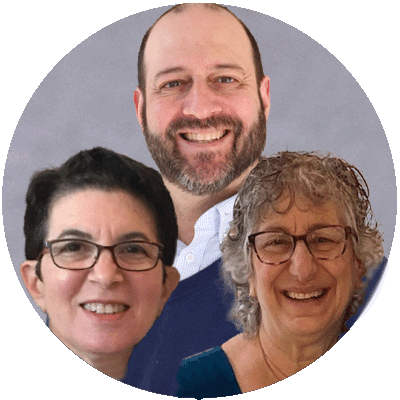

Extending the Reach of Rabbinics
Morah M.’s 5th-grade class is curating a museum exhibit showcasing artifacts that represent family legacy and tradition. The items are described on a placard that explains: These candlesticks were my Bubby’s and now my mother and I use them for Shabbat. When I chose them, I thought of the story about R. Yehuda HaNasi that we learned (Ketubot 103a). Before he died, he told his family that they should continue to set the table the same way, keeping the lamp in its usual place. We’re sort of doing the same thing when we use Bubby’s candlesticks.


Talmud Education for Diverse Learners: Taking the “Long but Short” Road
Teaching Talmud to weaker students can present many challenges not typically found in traditional Gemara classes. Navigating a text in a foreign language, especially one with the unique structure and rules of the Talmud, can be daunting for those grappling with language-based difficulties. Educators must realistically decide which teaching method—skill-based or discussion-based—will best set diverse learners up for success, and how demanding a Talmud course should be for students not likely to pursue this type of Torah learning in the future.
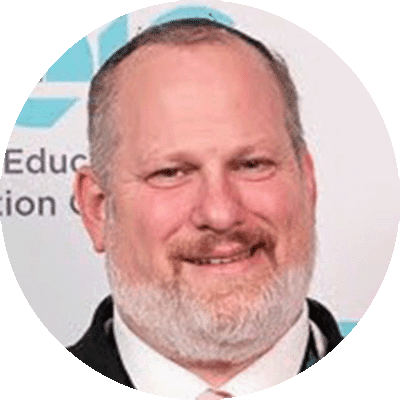

An Alternative Approach for Teaching Talmud
In my first year of teaching, I taught a student whom we will call Yossi. From the time he started 1st grade reading groups, Yossi was placed in the lowest track. This pattern persisted through my 11th grade Gemara class. A few weeks into the first semester of 11th grade, Yossi approached me after class to ask me a burning question which he was embarrassed to ask in front of his peers. He asked, “Who is Rabbi Baraita?” I said, “What do you mean?” He responded, “My past teachers kept explaining ‘the Baraita says…’ Who is Rabbi Baraita and why is he referred to as the Baraita?”


“Wait, What?!” Teaching Jewish Law in a Reform Jewish School
As a teacher at Rodeph Sholom School (RSS), I have for some time considered what it means to teach Torah SheBe’al Peh in a Reform Jewish independent school. What I offer here is a taste of how my colleagues and I have strived to shape our 7th grade Rabbinics unit so that it is aligned with our school’s mission and meets the needs of our specific community of learners. And while every school is unique, I am hopeful that the insights I’ve gained from teaching one unit on the development of Jewish law are instructive for any Jewish day school grappling with teaching Torah SheBe’al Peh.


A Learner-Centered Approach to Teaching Gemara
Traditional methods of teaching Gemara, such as hevruta learning followed by an interactive shiur, have stood the test of time. When teaching beginner students, however, this approach is less common, given their lack of prior knowledge or skills. As a result, many teachers prefer a frontal approach, perhaps projecting the daf on the SMART board and presenting the text phrase-by-phrase while students take notes between the lines of the traditional Vilna text. If hevruta time is used, it is often for the students to review material rather than for them to try to decipher the text. In this article, we are going to propose a method for using a modified version of the traditional approach which can be used for learners starting out on their Gemara learning careers.
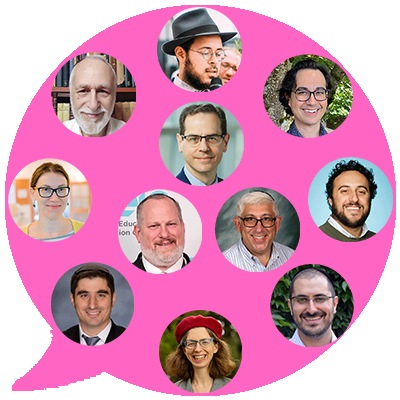

Why Learn Talmud?
Some of the articles in this issue describe the joy of studying Talmud, others break down the complex processes to make it more accessible to students or to enable the students to engage with it meaningfully. And just to make sure that we covered the bases of both the how and the why of Talmud study, we asked our authors to weigh in separately on the question: “Why do you think that day school students should be learning Gemara/Rabbinics?” We invite you to join that discussion.
Fall 2023 Journal Credits
JEWISHEDUCATIONALEADERSHIP
Jewish Educational Leadership is a publication of The Lookstein Center for Jewish Education of Bar Ilan University.
Chana German, Executive Director
JOURNAL STAFF
Hyim Brandes | Editor
Zvi Grumet | Editor-in-Chief
Chevi Rubin | Editor
Shani Sicherman | Copyeditor
Please send correspondence regarding journal content to zvi@lookstein.org.
The Lookstein Center publications present a variety of viewpoints. The views expressed or implied in this publication are not necessarily those of the Center.
EDITORIAL OFFICES AND ADVERTISING
The Lookstein Center for Jewish Education
Bar-Ilan University
Ramat Gan 5290002 Israel
Tel: +972-3-531-8199
US: +1-646-568-9737
www.lookstein.org
© 2023 by The Lookstein Center for Jewish Education.
All rights reserved.


